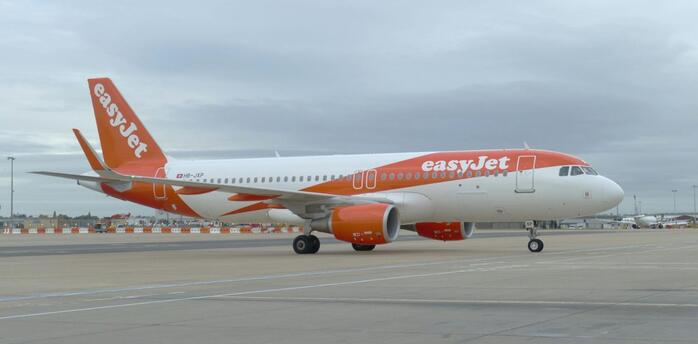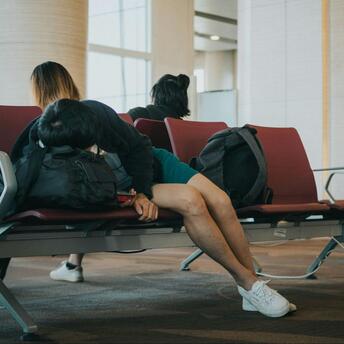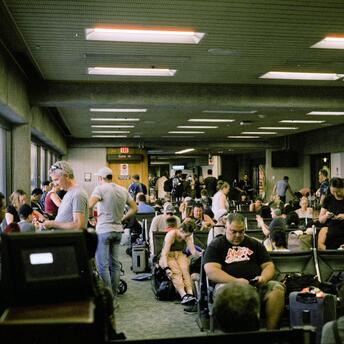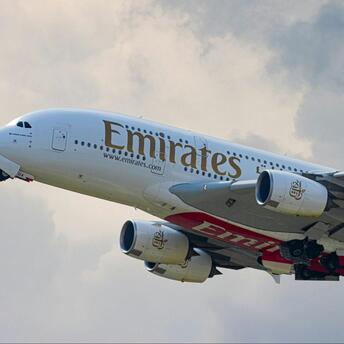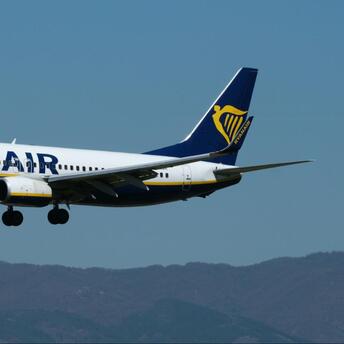India Enhances Golden Triangle Travel Experience

India’s renowned Golden Triangle, which includes Delhi, Agra, and Jaipur, continues to be a major attraction for tourists exploring the country’s northern region. This route, known for its historical landmarks and cultural experiences, has recently seen infrastructure improvements aimed at streamlining the travel experience. As more tourists flock to these cities, the Indian government is introducing upgrades in transport and site accessibility to better handle the influx of visitors.
Among the changes are improved transportation links between these iconic cities, reducing travel times and offering more convenient routes. Additionally, several key landmarks, including the Taj Mahal in Agra and the Red Fort in Delhi, will undergo upgrades, enhancing the overall visitor experience. These developments are part of a larger initiative to boost tourism while ensuring that India’s rich heritage is preserved for future generations.
For those planning a visit, these improvements open up exciting opportunities to explore more of India’s wonders. In Agra, beyond the Taj Mahal, travelers can visit the majestic Agra Fort or take a short trip to the UNESCO World Heritage Site, Fatehpur Sikri. In Delhi, a trip to the ancient Qutub Minar, another UNESCO site, is now easier thanks to better transportation networks. This historical site showcases the country’s Islamic history and stands as a testament to India’s architectural brilliance.
Jaipur, known as the Pink City, offers incredible destinations like the Amber Fort and Hawa Mahal. With enhanced travel options, visiting these landmarks, which represent the grandeur of Rajasthani architecture, becomes more accessible and enjoyable. Jaipur’s unique blend of history and vibrant culture is now easier to explore, giving visitors more time to experience the city’s famed attractions.
These changes reflect India’s efforts to cater to the growing number of tourists while preserving its historical sites. For travelers, this means more efficient travel, less time spent in transit, and more time to enjoy India’s rich culture. The upgrades to the Golden Triangle will not only ease travel but also improve the sustainability of tourism, ensuring that the country’s landmarks are protected and maintained.
In conclusion, the recent developments in the Golden Triangle region mark a significant step forward for travelers. With faster connections and upgraded attractions, visitors can experience more of India’s historical and cultural wealth in a shorter time frame. These changes underline India’s commitment to enhancing the travel experience, making it an ideal time for tourists to explore this iconic route.


